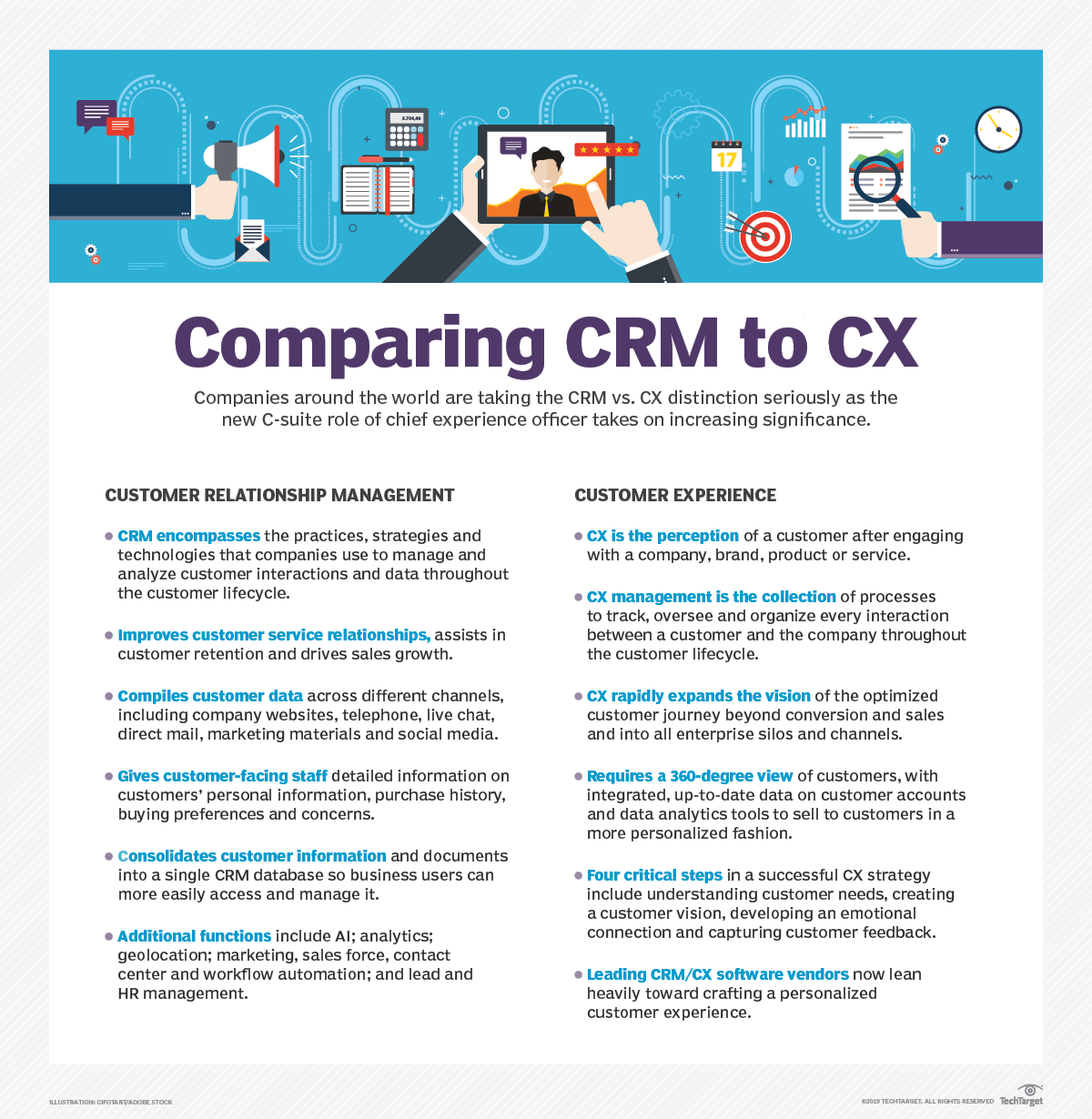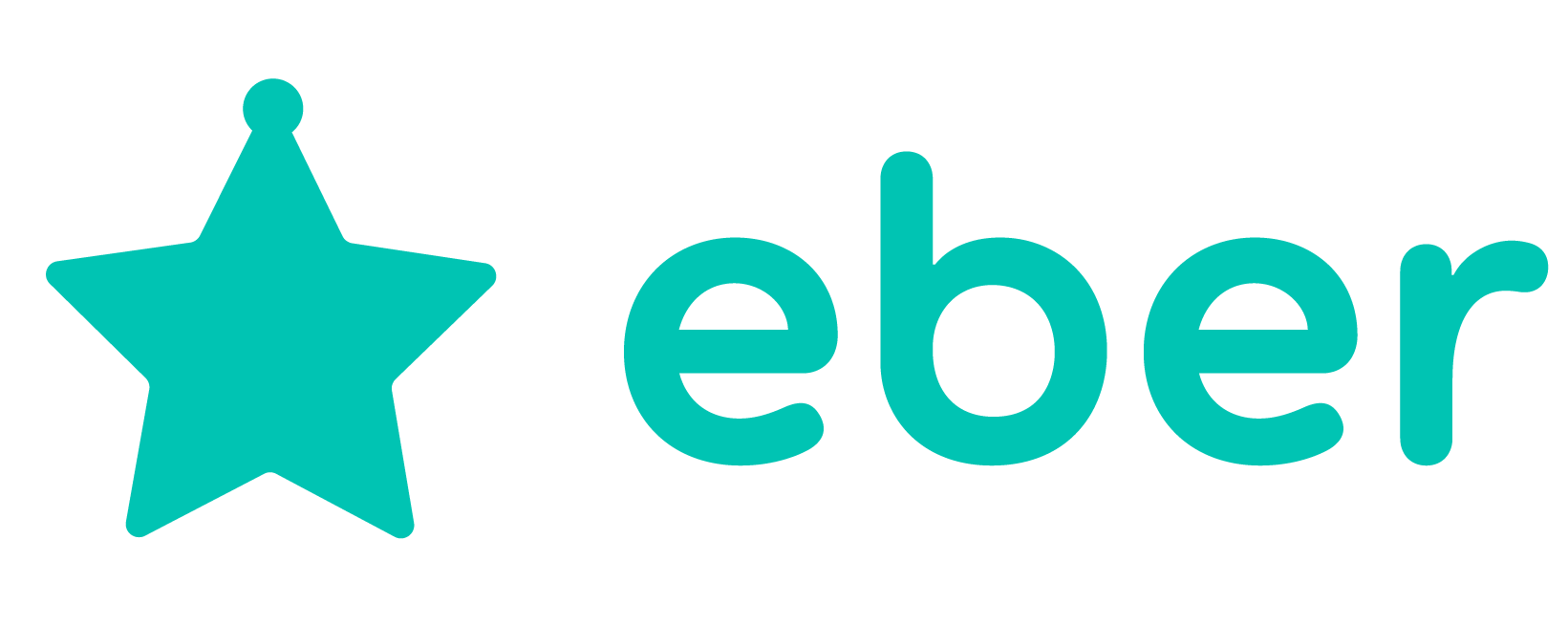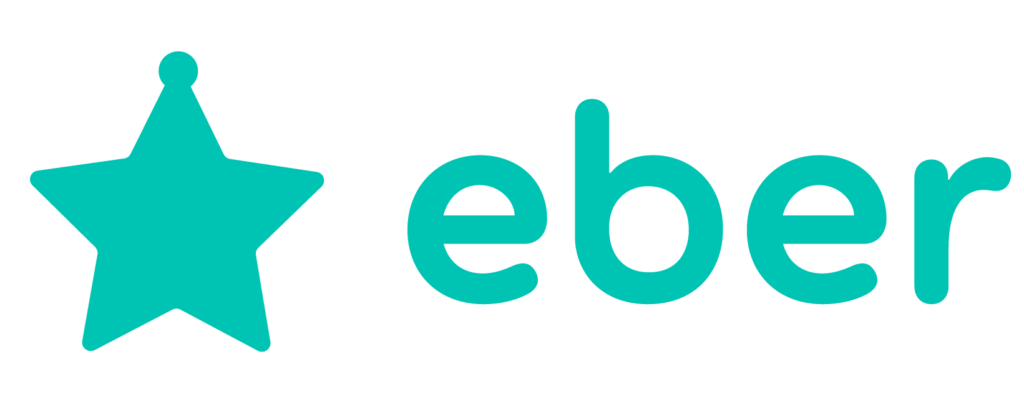Comparing CRM to CXM in the customer retention space and understanding how they’re connected.
What is CRM?
CRM stands for customer relationship management. It comes in the form of a tool or platform.
CRM is used by business owners and marketers to get to know their customers and get a comprehensive, 360-degree view of their customer journey.
Without CRM, it will be almost impossible for you to get to know your customers.
Sure, you may recognise them as a familiar face. But employing a CRM tool or software can help you get to know your customers on a deeper level.
You will be able to find out their age, their likes, dislikes, their spending power, visit frequency, buying frequency, and so on. This gives you a better picture of who makes up your customer base.
This information can then help you with targeted marketing – which increases your chances at conversion without spending more money.
CRM also analyses customer interactions with your business throughout the entire customer lifecycle.
With powerful, comprehensive data, you will be able to build better experiences for your customers.
What is CXM?
CXM is customer experience management.
CXM can be defined as the practice of managing customer interactions at every point of their journey – in order to deliver the best experience for them.
To put in simpler, it’s a proactive way for business owners to design the experiences that they want their customers to get.
For example, if you know your store will be busy in the mornings, you add on more counters and staff members.
If you own an online store, you might want to accept all types of cards and e-wallet payments. This can reduce the chances of customers dropping out and ensure that they go through with payment. You may then follow up with “track your parcel” emails and let customers know when they will receive it. You also provide a customer service email and phone number.
This will lead to higher customer satisfaction, help to foster brand loyalty, and increase revenue for your business.
With CRM, you are able to collect and analyse data. With CXM, you can take actions based on the data and elevate customer experience.

Essentially, both CRM and CXM are meant to deal with how customers interact with your business. But they are both different and equally important for your business.
Here’s another definition of CRM by Qualtrics:
CRM is concerned with keeping track of customer experiences, reacting to issues and providing relevant marketing or services based on past behaviour.
CXM is a strategic goal of your entire business, namely to give customers consistently positive experiences that will drive loyalty and ultimately boost your business.
So how are the two connected?
To put it in the simplest way, you can’t help your customers if you don’t know them. Your business direction may be fuzzy.
Once you get to know who your customers are, you want to design personalised experiences for them.
With all the available data from CRM, you will be able to craft a better experience for your customers. The crafting of experiences is where CXM come in.
Through the data you get from CRM, you can make observations to come up with predictions and be proactive to your customers’ needs.
You will have a clearer picture of your customers habits – which means you will be able to craft a personalised experience for them.
You will be able to address issues that need to be resolved.
When you solve those issues, you are providing a better experience for your customers – which will leave them feeling satisfied.
Here’s an infographic to give you a clearer picture:

Source: Search Customer Experience
Got further questions, reach out to me at gowri@eber.co




